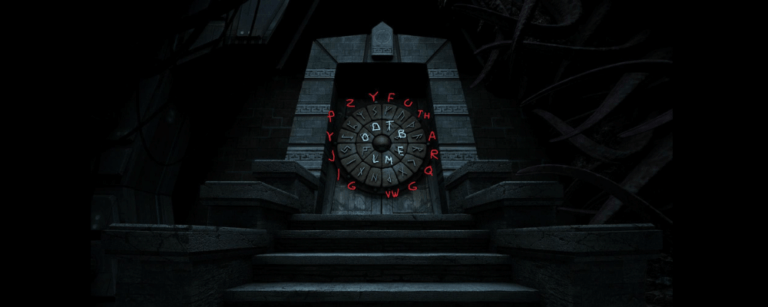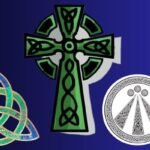Almost as famous as Viking warriors are the Nordic runes, evocative symbols that have a feel of magic about them. Even modern Viking use them as tattoos.
Indeed, the Vikings themselves thought that these symbols, that they also used for the mundane such as commerce and politics, carried magical powers.
Read on to learn more about the origins of the Nordic runes, the meanings of individual runes, and how the Vikings used the runes.
Nordic Runes Origins
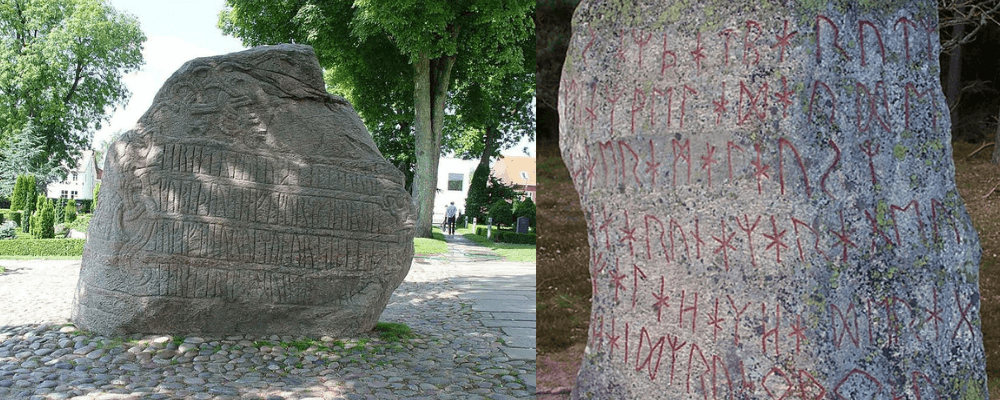
The word rune comes from the Germanic word run, which means secret or whisper. According to Norse mythology it was Odin, king of the gods, and god of wisdom and war, that gained knowledge of the runes.
In this story from Norse mythology, he willingly hung himself from Yggdrasil, the Tree of Life, for nine days while pierced with his own spear in order to gain knowledge of the runes. He then shared that knowledge with mankind.
It is unclear from Norse mythology whether the runes simply came to him from a combination of the trauma of the ordeal and looking into the heart of the cosmos, or whether they were in some way sent up to him from the Well of Urd, which is located at the base of Yggdrasil.
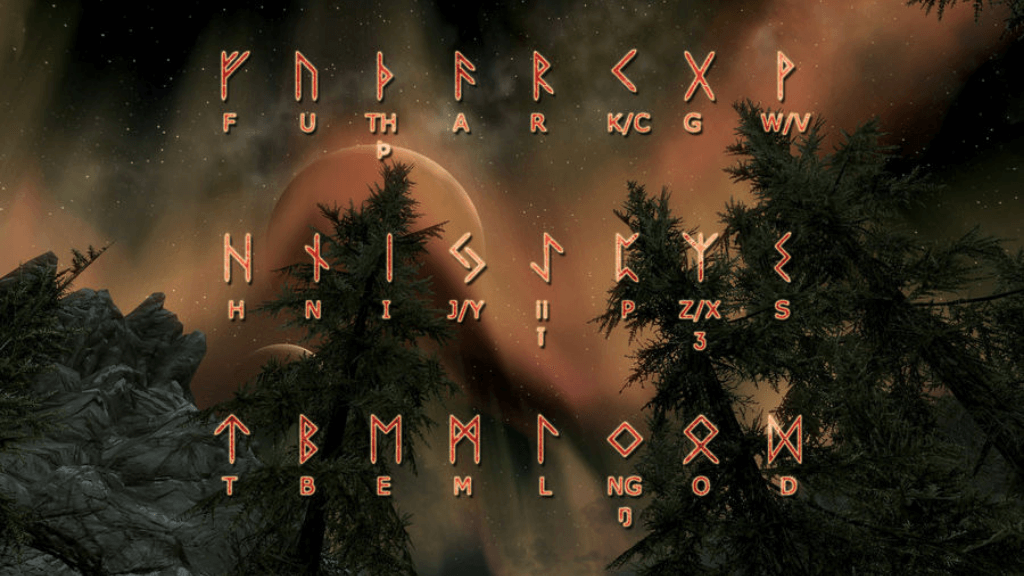
According to Norse mythology, this is where the Norns (the fates in Norse Mythology) live, and they carve runes onto the Tree of Life itself in order to write the fates of men.
Linguists suggest that the runes were adopted by Northern Europeans from early Italic alphabets. The first Germanic rune alphabet, known as Elder Futhark, emerged in about the first century AD. This alphabet was certainly used in Scandinavia as a full set of the 24 runic symbols has been found on the Kylver stone in Sweden.
With the rise of the Vikings, Scandinavian languages began to change and Elder Futhark was replaced by Younger Futhark from about AD800.
This was a shorter alphabet of only 16 runic symbols, and there were three slightly different versions of the alphabet in Denmark, Norway and Sweden.
These runes were used until about AD1200, when they were completely replaced by Latin due to the influence of Christianity.
While few examples of Elder Futhark in use survive, Younger Futhark seems to have been used widely. More than 6,000 inscriptions using Younger Futhark symbols survive from around Scandinavia.
The runes were generally carved into stone, wood, bone, metal or other hard surfaces.
This probably explains the sharp straight lines of the alphabet, which would have been easier to inscribe on hard surfaces than rounded letters.
Nordic Rune Meanings
Like our own familiar alphabet, the runes symbolize sounds, that can be used to spell out different words.
They were used in this way for mundane notes and records as required. But each rune also had a philosophical and magical significance.
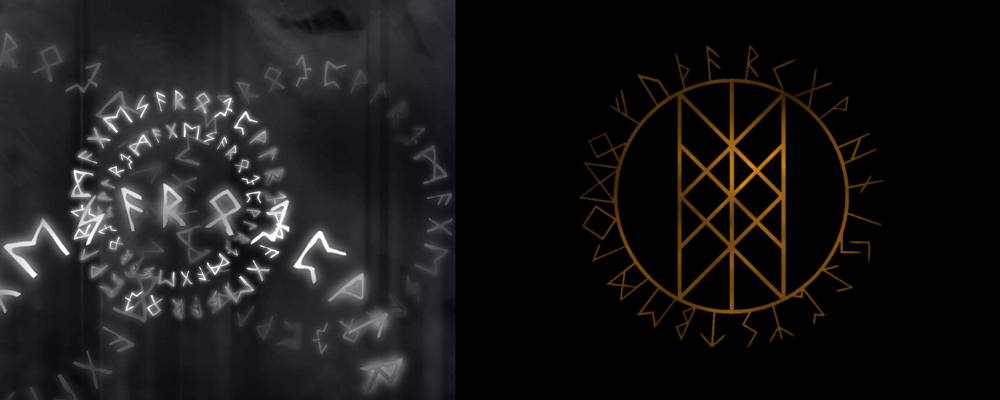
Below is a list of the names of the individual Norse runes and what those names mean in Old Norse. Also given are the sound associated with each rune, and the general significance of the rune.
These insights have all been garnered from rune poems documented from Iceland and Norway that provide a short description of each of the runes.
- Fé (cattle) – F – Wealth
- Ur (drizzle/slurry) – U – Strength of Will
- Thurs (giant) – Th – Danger, Suffering
- Óss (god/mouth) – O – Inspiration, Wisdom
- Raeidh (riding) – R – Movement, Work, Growth
- Kaun (wound) – K – Mortality, Pain
- Hagall (hail) – H – Destruction, Chaos
- Naudhr (need) – N – Need, Unfulfilled Desire
- Is (ice) – I – Destruction
- Ar (a good year) – A – Plenty, Good Harvest
- Sól (sun) – S – Solace
- Tyr (the god Tyr) – T – Victory, Honor
- Bjarkan (birch twig) – B – Fertility, Growth, Sustenance
- Madhr (man) – M – Augmentation, Support
- Logr (power of water) – L – Formlessness, Chaos
- Yr (yew tree bow) – Z – Endurance
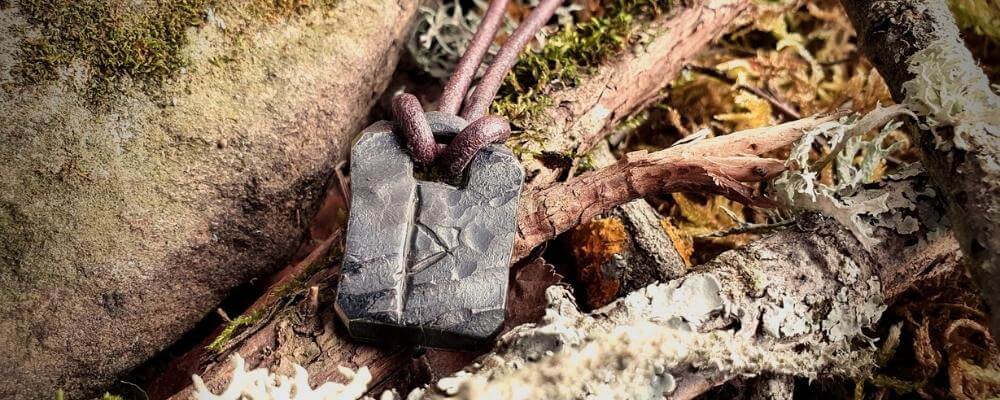
Nordic Rune Magic
The Romans, observing pre-Vikings Germanic people, observed that they used the runes for magical purposes and record practices such as carving runic symbols onto sticks and throwing them on the ground to see a pattern.
A Viking poem hints at the same practice in the Viking age, describing wooden chips carved with the runes being tossed into blood in order to divine the future.

From stories of Norse mythology, it seems that the magical art of Seidr, which involved discerning and changing fate, involved the runes. Odin, finder of the runes, along with the goddess Freya, was considered expert in the practice, and as we know the Norns used the runes to control fate.
A story from the Norse sagas also points to the magical powers of the runes. In the Saga of Egil, the warrior encounters a farmer whose daughter is very ill. Investigating the situation, he discovers that a whale bone with a crudely carved rune symbol has been placed in her bed, probably by a local boy in an attempt to help the girl.
Unfortunately, the boy’s knowledge of the runes appears to have been minimal and he had carved a rune that was making her worse rather than better. As a master of the runes, Egil destroys the rune and inscribes a different runic symbol to counteract the ill effects of the original rune.
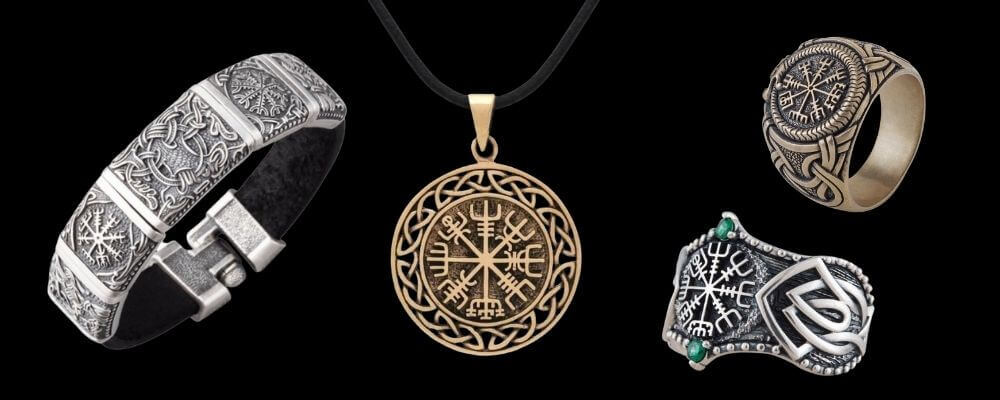
Other episodes in the Norse sagas tell of victory runes carved onto weapons, wave runes carved into the sides of ships and oars, birth runes that offer assistance during childbirth, and life runes that can treat wounds and illness.
Runic magic based on earlier Viking runes was still practiced in Iceland from the 1400s to the 1800s. There are texts that record a number of magical staves, known as Galdrastafir.
These symbols appear to have had a wide range of purposes including killing an enemy’s cattle, promoting fertility, guidance through bad weather and warding off thieves.
Among the most well-known of these symbols were Vegvísir, which was inscribed on ships in order to ensure that they could find their way home. It had a meaning similar to ‘wayfinder’ and was also worn as a talisman of luck and protection.
Another potent symbol was Aegishjalmir, also known as Hel of Awe, which was believed to grant great strength and ensure a warrior’s victory against his enemies. Some Icelandic folktales suggest that warriors would paint this symbol on their forehead before battle.
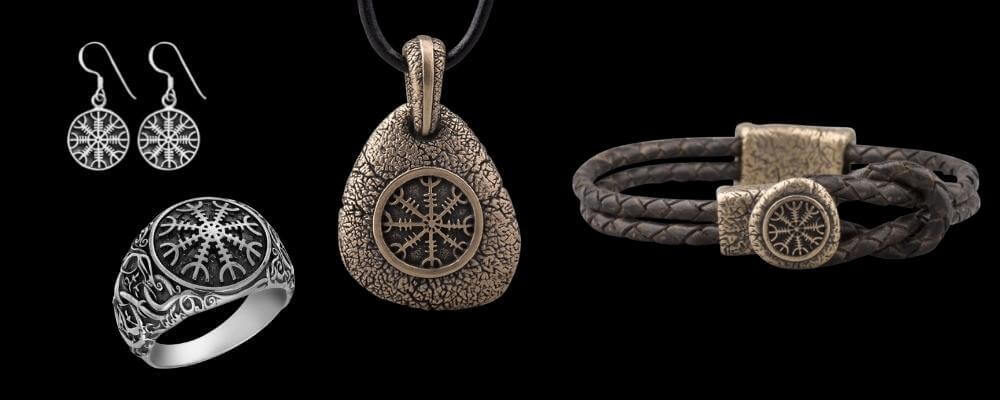
Viking Runes
For the Vikings, the runes were more than just an alphabet, they were a series of potent symbols that could make ideas solid and alter the reality in which they lived. The Vikings believed that words had power, and should be used wisely.
